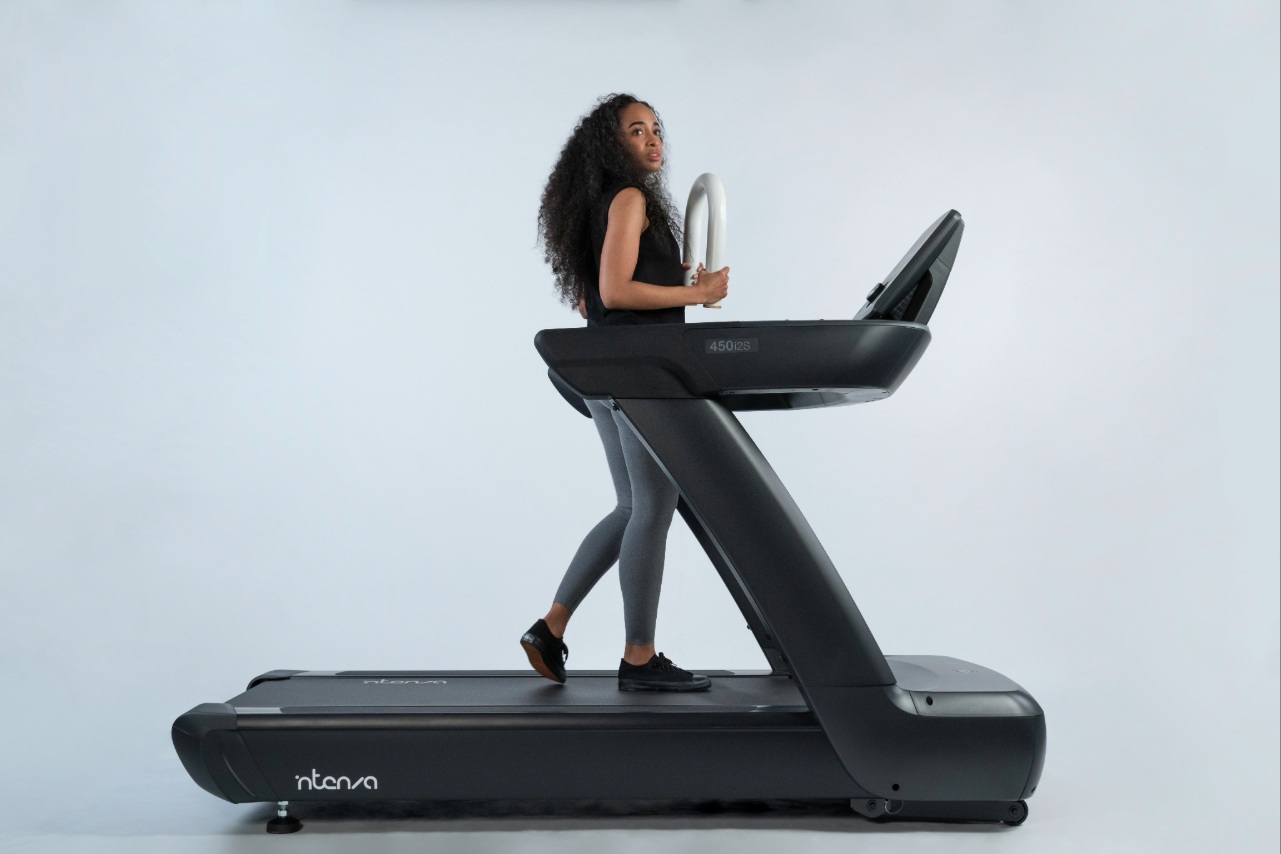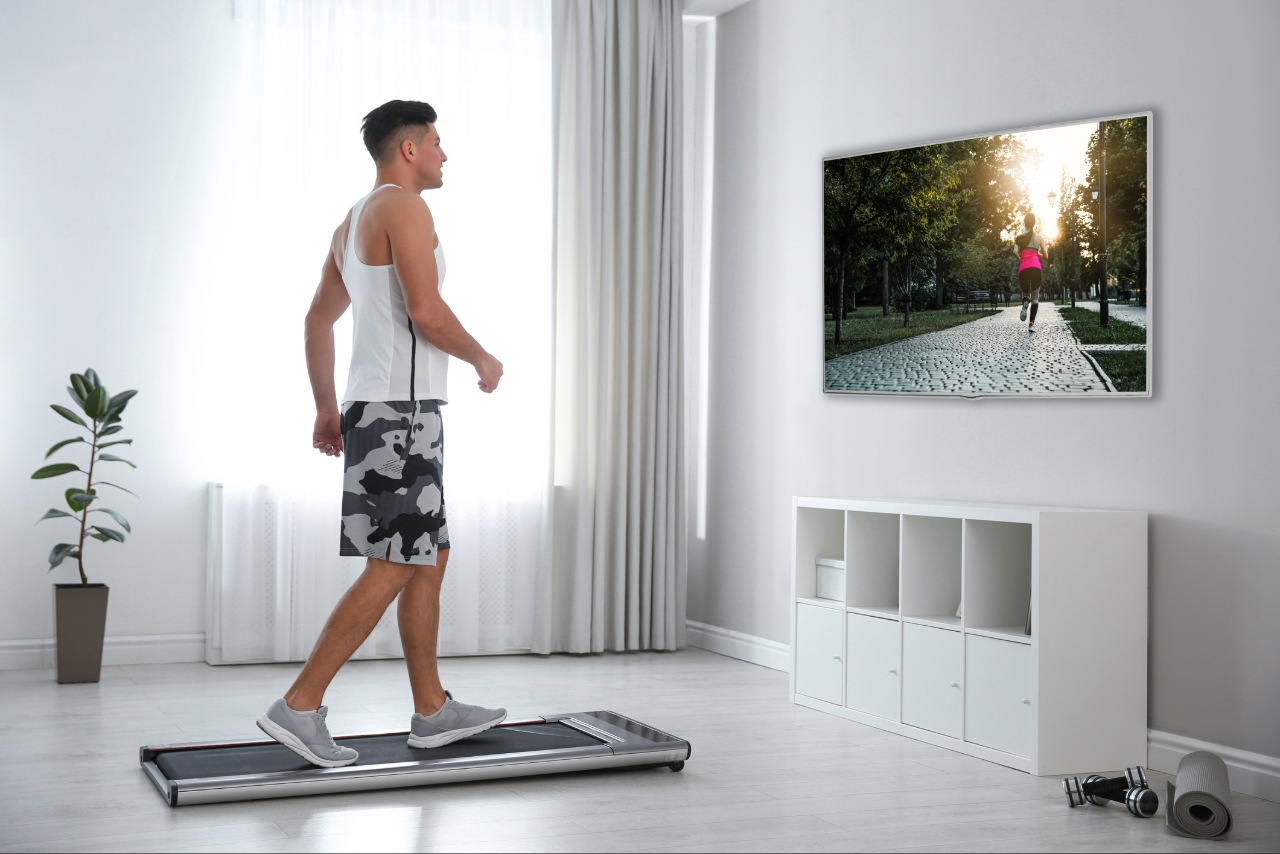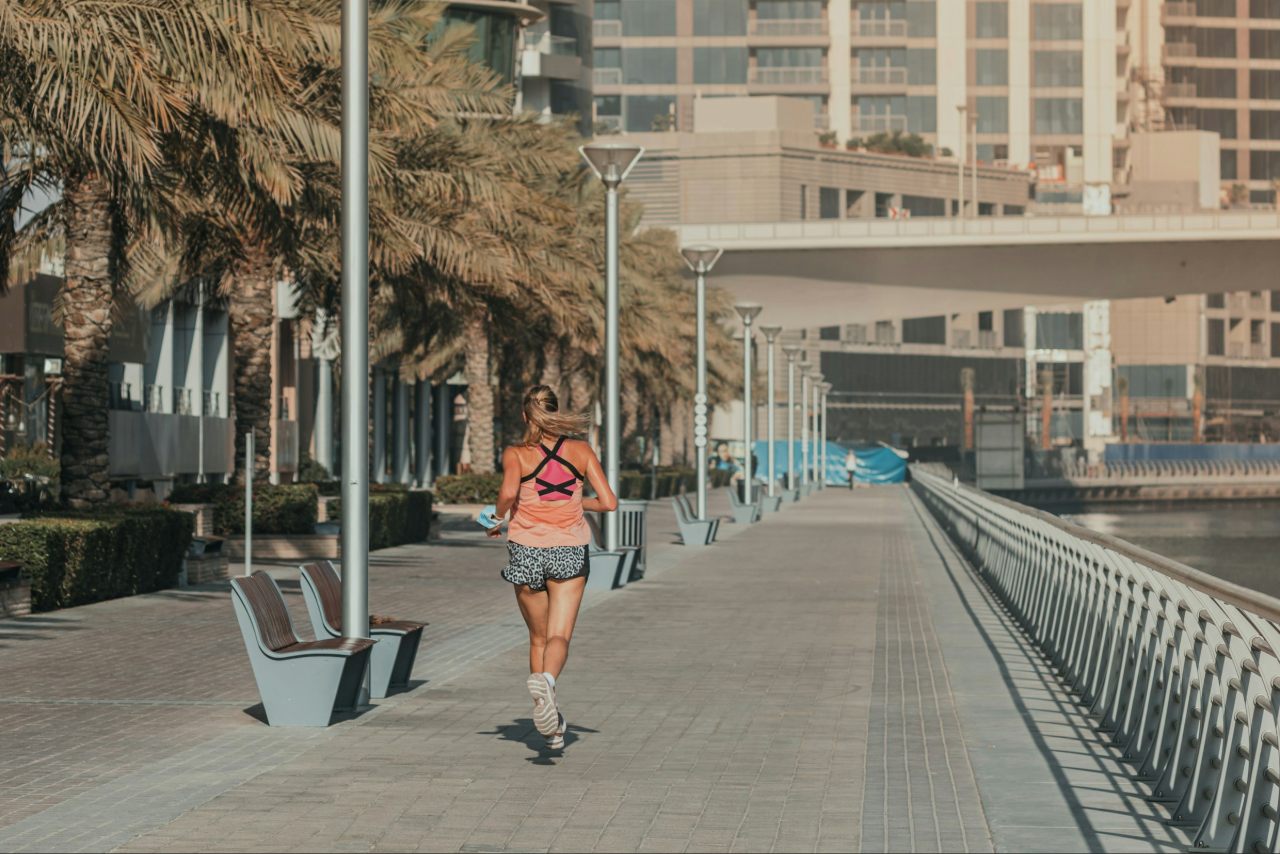Every runner starts running for their own reason. Sometimes it’s purely for fun, for others it’s all about fitness and, for more and more runners, it’s about looking after their mental health. But no matter why you first laced up your Hoka shoes, the more you run, the more experience you gain, the more you start clocking up miles and PBs, well, the more you start to think about the stopwatch – and how to get faster.
The problem is, simply putting in the miles isn’t enough to help you find a new gear and speed up. Nah, there’s more to running than that. Luckily, there are certain training techniques and well-known tips that you can incorporate into your running regime that will help you cross the finish line with a new record.
Get ready to run faster, smoke the competition and maybe even set a new PR with our top tips to being a faster runner.

Top Tip 1: Master Your Form
The key to running at any speed is to nail proper running technique, from your contact to your cadence to your body position. This means keeping your upper body tall yet relaxed, striking the ground with your mid-foot landing under your hip, swinging your arms forward and back at low 90-degree angles and running at a rhythm of around 180 steps per minute.
Top Tip 2: Get Into Interval Training
When it comes to running faster, interval training might just be your ticket to a new PR thanks to its ability to increase your anaerobic capacity and improve your body's ability to utilize oxygen. It’s about pushing yourself to run at a higher intensity for short bursts, as a way of improving your speed and endurance, while also helping you to break through any plateaus in your running performance. Think of it as a seriously beneficial escape from tedium as you add variety to your training with the aim of being a faster runner. Boom.
Top Tip 3: Stretch It Out
Stretching might just be the secret sauce to improving your running game, so get into the habit of doing dynamic stretches pre-run to get your muscles ready for the workout and, after your training session, stretching to help your muscles recover. Trust us: the leaders of the pack are all about daily stretching — especially targeting those hip flexors — as a way to increase their flexibility and then enjoy better strides.
Top Tip 4: Switch Up Your Pace
For those who haven’t discovered the term fartlek until now, we invite your inner 8-year-old to get the giggling out the way now. Ready? Okay. Fartlek is a Swedish word meaning “speed play”, which is exactly what this form of interval training is all about. By alternating jogs and sprints, you can gradually build up speed and endurance by increasing your cardiovascular fitness and energy levels.
Top Tip 5: The Art of Breathing
In and out, in and out. Breathing is pretty simple, right? Wrong. Breathing while running is an art form that optimizes the amount of oxygen reaching your muscles, which determines just how fast and far you can run. That’s why learning how to breathe while running at faster speeds takes practice. Ideally, you want to use both your nose and mouth while inhaling and exhaling to get the maximum amount of oxygen to the muscles, taking big deep breaths all the way to and from your belly. It’s about filling your diaphragm, not your chest, with air on each inhale, as a way of performing at a much higher standard.
Top Tip 6: Follow A Running Plan
This is it. The secret weapon in your arsenal that will have you lapping other runners, putting down insane splits and crossing the finish with a new PR. Yeah, we’re talking about following a personalized running plan. As well as helping you run more consistently, they’ll also help you achieve your goals faster. That’s because our plans are tailored specifically to your current race time and designed by our world-class coaches to a) build up your base fitness level and b) increase your top end speed. The point is, they’ll make you a faster runner across all distances.
Top Tip 7: Head Up Those Hills
We get it. Heading for the hills isn’t everyone’s idea of a good time. But running on an incline outdoors (or even on a treadmill) is a form of resistance training that’s seriously good for improving your strength and power. Not only will you start building solid muscle in your quads, hamstrings, glutes, and calves (which are the same muscles needed to sprint across that finish line), but you’ll also lay a strong foundation to up the intensity of future workouts.
Top Tip 8: Include Strength Training
We know that strength training is already beneficial in reducing your injury risk but additionally, it provides a proven performance benefit, helping you to improve your running economy by somewhere between 8 and 12%. And the science behind it is simple: the stronger and leaner your muscles are, the faster you’ll get to the finish line. Of course, we’re not recommending runners should take up bodybuilding, but adding two to three strength training sessions per week can go a long way in improving your speed.
Top Tip 9: Prioritize Your Sleep
There’s a lot to be celebrated when it comes to sleep. First off, sleep is one of the most essential parts of recovery, allowing your body to quickly get back to full fitness after pushing it hard, as well as reducing your chances of suffering an injury. But the benefits don’t stop there because studies show that well-rested athletes also have better reaction times and clock faster finishes. And let’s be real for a moment: the faster you run, the more time you have to kick back and relax. It’s a win-win situation.
Top Tip 10: Say Yes To Yoga
If you’re looking for a way to get a leg up on your fellow runners, try adding yoga or pilates sessions to your weekly training plan (something we do every Monday evening on our Instagram). Not only will this increase your mobility and reduce your chances of injury, but doing twice-weekly yoga sessions has been proven to increase flexibility in the joints and improve balance in as little as ten weeks, gradually making you a faster runner.
Top Tip 11: Get The Right Gear
We’re not saying you need to buy the very best of everything, or opt for gear so light you may as well embrace barefoot running, but getting the right gear can make a world of difference to your speed. Trainers are getting lighter and lighter to mimic your foot’s natural movement and improve your stride, clothing is getting more and more wickable to keep you at an optimal temperature and waterproofs now carry less weight, all of which means more energy for faster feet. And then there’s the motivational side of things: when you treat yourself to good gear, you’re more likely to put in an epic performance that validates your decision.
Top Tip 12: Consistency is Key
To put it simply: if you're not ticking off the foundations, you're not setting yourself up for success in the long run – and consistency is the foundation of all foundations. It conditions your body, improves the fundamentals, gives you a solid grounding to build off and allows you to understand the progress you’re making. For example, if you run consistently one week and then you miss a couple of weeks, you’ll find it a lot harder to understand what fitness level you're at or how quickly you can improve. That’s why we recommend you run consistently two, three, four, five times a week, to get the foundations down, and then you can really start to focus on running faster.
Thanks for reading our guide to running faster. For more running insights, inspirations, stories and techniques, follow us on Instagram and Facebook -- or simply check out our personalized running plans.

















.jpg)